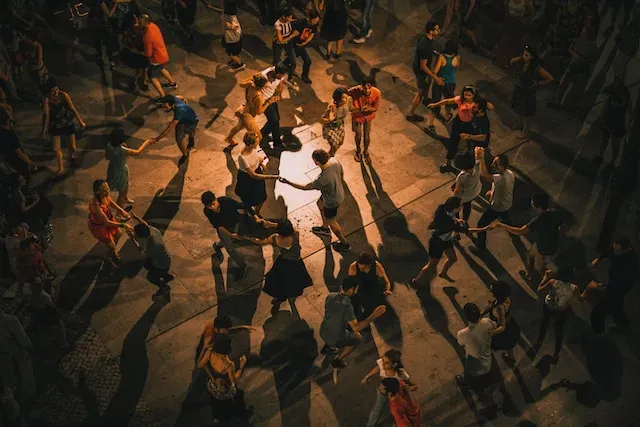
Dance Therapy
Access the world of Dance Therapy, a transformative approach to enhancing mental and physical health. Discover its unique benefits and more!=
Get carepatron free
Commonly asked questions
The most effective dance therapy techniques include mirroring, where therapists and clients copy each other's movements to build connection; improvisation, which encourages spontaneous and expressive movements; guided imagery combined with movement for emotional exploration; and body mapping, where different body parts are moved in response to specific prompts to enhance body awareness and emotional connection.
Effective dance therapy exercises that can be practiced anywhere include simple movement improvisation, where individuals express their feelings through freeform dance; mindful movement, focusing on each body part and its sensations; and rhythmic movements, such as gentle swaying or rocking, to calm the mind and body. These exercises require no special equipment and can be done in various settings.
Yes, dance therapy is highly suitable for kids. It offers a playful and expressive way for children to explore and express their emotions, develop motor skills, and improve self-esteem and social skills. Through dance therapy, children learn to communicate non-verbally and develop a better understanding of themselves and others in a fun and engaging environment.







